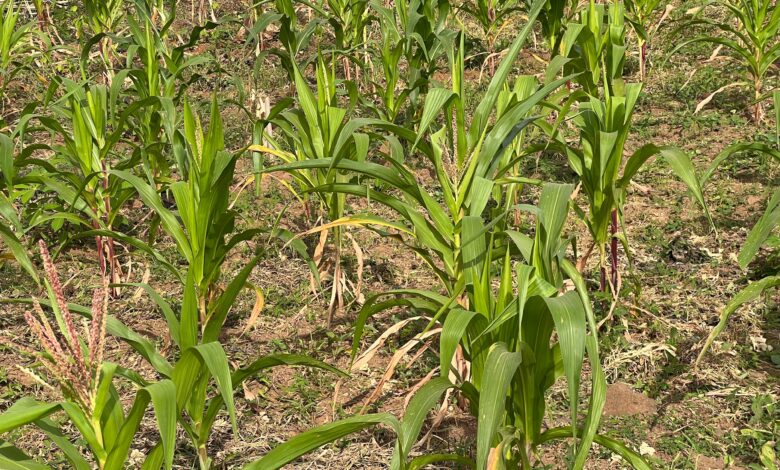
– A Looming Crisis for Farmers and Food Security
By Babafemi Ojudu
It’s been five weeks without a single drop of rain in Ekiti, and I hear the situation is the same across the entire Southwest of Nigeria. A friend, who should know, an agronomist, warned me that this might be the beginning of a drought.
The lack of rainfall during what should be the wet season is particularly alarming. According to my friend, several factors could be responsible for this extended dry spell, each of which has serious implications for the region.
First and foremost, ‘climate change’ is a likely culprit. My friend pointed out that the increase in greenhouse gases has disrupted weather patterns globally, leading to unpredictable conditions. “The rise in global temperatures has caused droughts in regions that typically experience regular rainfall,” he said. This could explain why we’re seeing such a prolonged dry spell during what should be the height of the wet season.
Another factor is ‘shifts in weather patterns.’ The West African Monsoon, which usually brings rain to this region, may be disrupted due to unusual ocean temperatures or shifts in wind patterns. These changes can delay or reduce the expected rainfall, leaving the land parched and crops at risk.
‘Deforestation and environmental degradation’ also play significant roles. The rapid removal of forested areas, particularly in the Southwest, reduces moisture in the air, which in turn decreases rainfall. This, combined with the effects of urbanization, could spell disaster for agriculture. Concrete surfaces, air pollution, and the heat islands created by expanding cities are altering local climates, further contributing to reduced rainfall in surrounding rural areas.
This unusual dry spell is already having severe implications for agriculture, especially for water-intensive crops like corn and rice. If this pattern persists, it could lead to food shortages and severe economic challenges for farmers and communities across the region.
Rainfall was late this year. When it finally arrived in May, farmers rushed to plant their crops. But after just two weeks of rain, the skies closed up again. Fields of rice and other grains began to wither, and farmers faced significant losses. Hoping for better weather, they cleared the stunted plants and waited. When the rain eventually returned in early July, they hurried back to the fields, planting maize and rice. The seeds germinated, but just as the crops should have been gaining strength for fruiting, the rain stopped once more. Without sufficient groundwater, the crops began to fail.
This is happening at a time when many people who wouldn’t ordinarily be farmers have turned to agriculture due to skyrocketing food prices. Now, these new farmers are regretting their decision, having invested their limited savings in land preparation, seeds, and other inputs.
The situation is dire and foretells a grim food security outlook for the coming year. Farmers are already agonizing as their maize withers away and rice fields turn brown. This isn’t just a loss of crops—it’s a loss of livelihoods. Many farmers are sinking into debt, having borrowed money to cultivate land that is now barren.
State governments must declare an emergency and step in to support farmers. Immediate action is needed to invest in irrigation infrastructure to help mitigate the effects of these erratic weather patterns. An early warning system is also crucial. If reliable weather information had been available, farmers wouldn’t have rushed to plant, only to be blindsided by a sudden drought.
It is imperative that a robust weather information system be established and made accessible to all farmers. Failure to act quickly will only drive up the cost of farm produce. When food becomes too expensive, it can lead to social unrest, as we have already seen across the country in recent days. The time to act is now, before the situation spirals further out of control.





